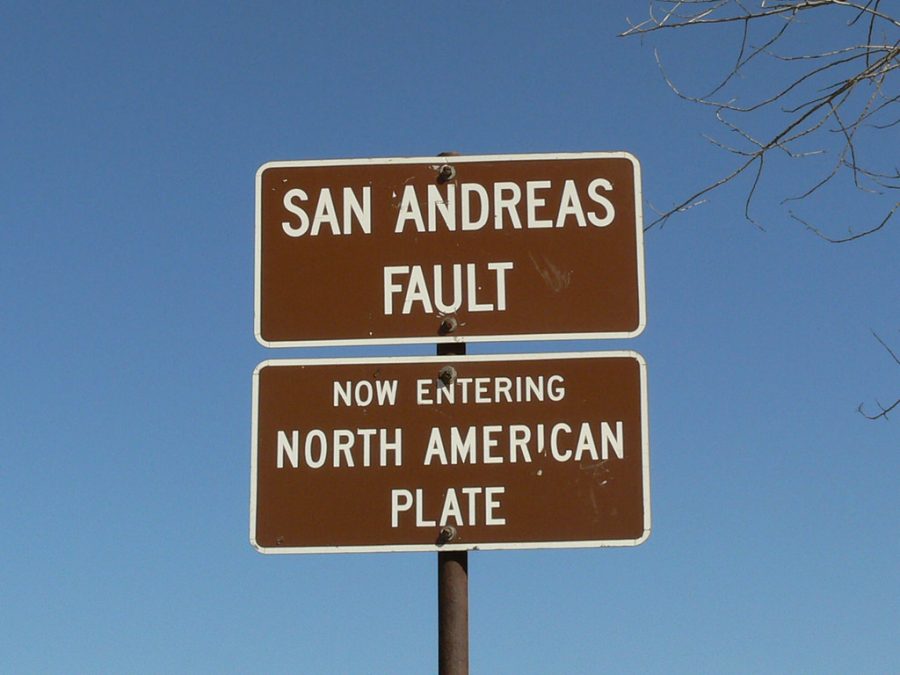Earthquake warning alert issued for Southern California till Tuesday
Officials issued an earthquake warning alert for Southern Californians last week after the Governor’s Office of Emergency Services has concluded in the possibility of a major earthquake.
Starting on Sept. 26, there has been over 200 small earthquakes underneath the Salton Sea, which lies on the San Andreas fault (latimes.com & abcnews.go.com & KLTA). Three of these earthquakes had a magnitude larger than 4.0.
Because smaller quakes have preceded considerably larger quakes in the past—and because the San Andreas fault has not shifted since 1690, far overdue for its large quake by about 300 years—seismologists are concerned that this recent “earthquake swarm” located near the bottom of the fault will result in a quake that could cause substantial damage to Californian cities located near or on the fault (latimes.com & cbs8.com).
Thus, an earthquake advisory is underway for most counties in Southern California, including Los Angeles, Kern, Ventura, San Diego, Orange, Riverside, San Bernardino and Imperial. It lasted until 9:00 a.m. on Tuesday. In the meantime, residents in the affected areas are advised to discuss emergency plans with family members, pack emergency kits and be prepared to take appropriate action should an earthquake hit.
However, regardless of whether or not an earthquake hits, it is important for Southern Californians to always be prepared for one. Here are some things you can do to prepare for an earthquake, should it ever hit your area.
- Decide in advance what you want to take with you if you have to leave your home because of an earthquake. This will make evacuations faster and give you more time to prioritize which belongings you want to keep with you or any important documents you might need.
- Create a three-day emergency kit. Along with valued possessions, this kit will also practical include things like first-aid materials, food (preferably non-perishable items), bottled water, extra cash, extra car and house keys, blankets, flashlights, a radio, a phone charger and more.
- Prepare your house. This can range from doing small things—like securing unstable items and taking down breakable or heavy items that, should they fall, would cause damage to you or your home—to shutting off gas, electrical and water outlets so further, greater damage is not caused.
- Form a family plan. Make sure to talk to your loved ones (both immediate and extended relatives) and work out a plan of action: where you’ll meet if you’re separated when the earthquake hits, where you plan on going after the quake or if you have to evacuate, and how to contact extended relatives so they know you’re OK.
- Find “safe” areas wherein to take cover should you find yourself in an earthquake. These can include places where you can duck for cover and protect your neck and head. Avoid places where things could fall on you.
- If inside: under tables and any area away from windows. Do not stand in a doorway; the U.S. Survey of Geological Studies says this advice is “outdated,” and leaves people susceptible to being knocked down (latimes.com).
- If outside: avoid heavy, tall objects like trees or lampposts.
- If you’re driving, avoid overpasses and find somewhere safe to pull over, even if this means getting off the freeway. Do not get out of your car.
- Never stay standing in an earthquake; you could get knocked over and hurt easily.
- Lastly, don’t panic. Though earthquakes are scary, the odds of dying from them are relatively low. Staying calm will allow you to plan and assess your situation appropriately, which is critical to keeping you safe.














